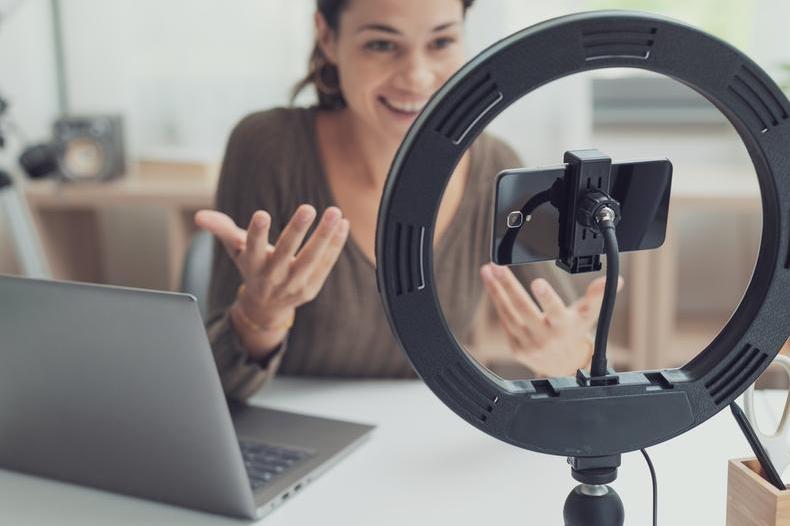Fashion fakes and TikTok trends: protecting products in an online age
TikTok must now be one of the most popular, fast-growing social media apps globally. Starting off as a platform mostly used to post dance routines and lip-sync videos, it has turned into a highly influential advertising platform.

The brands love it and so do those promoting dupes…
Moving away from just ‘TikTok dances’, the app is now used by many to post videos promoting almost anything - lifestyle, fashion, and beauty. Through this, we have seen a shift in what we traditionally understood to be ‘fashion’.
Fashion is no longer just clothing or accessories that you put on your body, and now includes any form of aesthetics, particularly beauty and skincare.
TikTok has seen fashion and beauty products rise to fame in unconventional ways, reaching stardom by going viral overnight. Recent examples of these viral brands include the XXL Stanley cup, Drunk Elephant Bronzing Drops, Sol de Janeiro Bum Bum Cream, and Starface Pimple Patches.
Whilst there are some ways for brands to try and gain exposure on TikTok, for example by using the current viral song in the background of their video, there is no one set formula for ‘going viral’- it really can just happen to anyone.
Going viral - for better or for worse?
Who’s watching? Tiktok is mostly used by trend-obsessed Gen Z and Gen Alpha. They’re able to create a hype around a product overnight, and their sudden fixation causes the product to instantly sell out.
Some Gen Alpha members are as young as nine years old, and controversy has sparked surrounding their obsession with skincare, much of which contains harsh chemicals that could damage their youthful skin.
Some beauty retail stores, including Sephora, have proposed introducing age restrictions for purchasing certain products.
Despite the potential for damage to their skin, these Gen Alpha TikTokers are not phased – getting hold of the trending product and staying on top of what is currently fashionable is their top priority.
As getting hands on the viral product can be quite the challenge, we’ve seen other companies hop on the bandwagon and try to create an alternative, more accessible, dupe in an attempt to weigh in on the original product’s success.
As a brand owner, what can you do to stop others taking your sales? Your product may be flying off the shelves but, do you want others to be able to benefit from your hard work?
First stop: ensure that brands, logos, designs are protected by intellectual property registrations. Getting a trade mark or design registration, in the UK in particular, is not expensive.
Once you have proof of protection, you have grounds to bring complaints against those offering the dupes. You’re able to warn the other parties that your products are protected, and in them copying they are infringing your rights.
Online platforms can help the creators of original content, but they need something to show that the rights are theirs. This is where IP protection comes in. It should not be an afterthought; it is an integral part of the business.
Taking steps to protection
If you have started to think about intellectual property protection, it’s common to assume that protecting the name or stylised name of a product range is enough, as this provides protection against third parties creating products with identical or similar names.
However, given the nature of marketing tactics on platforms like TikTok, name or logo protection alone may not be sufficient.
Influencers can show dupes in their videos and direct consumers to a purchase link without any mention of the protected name, and therefore, protecting the get-up and packaging of a product is just as important.
Having a registered design or trade mark for the packaging of a product provides brand owners with an opportunity to complain about, and try to take down, products which clearly resemble their original product, even when the protected brand name is not directly referenced.
As TikTok is accessible globally, when a brand goes viral this is often not limited to one territory. There’s no one global IP right.
Therefore, it is important to consider which countries to secure IP protection in.
Protection in a brand’s home territory is always a good place to start and there are different ways to extend into other countries.
As seeking trade mark protection and considering where to register can be a maze for those new to IP, the trade mark attorney is here to help.
You can talk to us before considering other legal avenues which are often lengthy processes. The Chartered Institute of Trade Mark Attorneys is a good place to go for help:
Authors

|
Jasmine Walters, Reddie & Grose
|

|
Georgina Tanner, Reddie & Grose |

